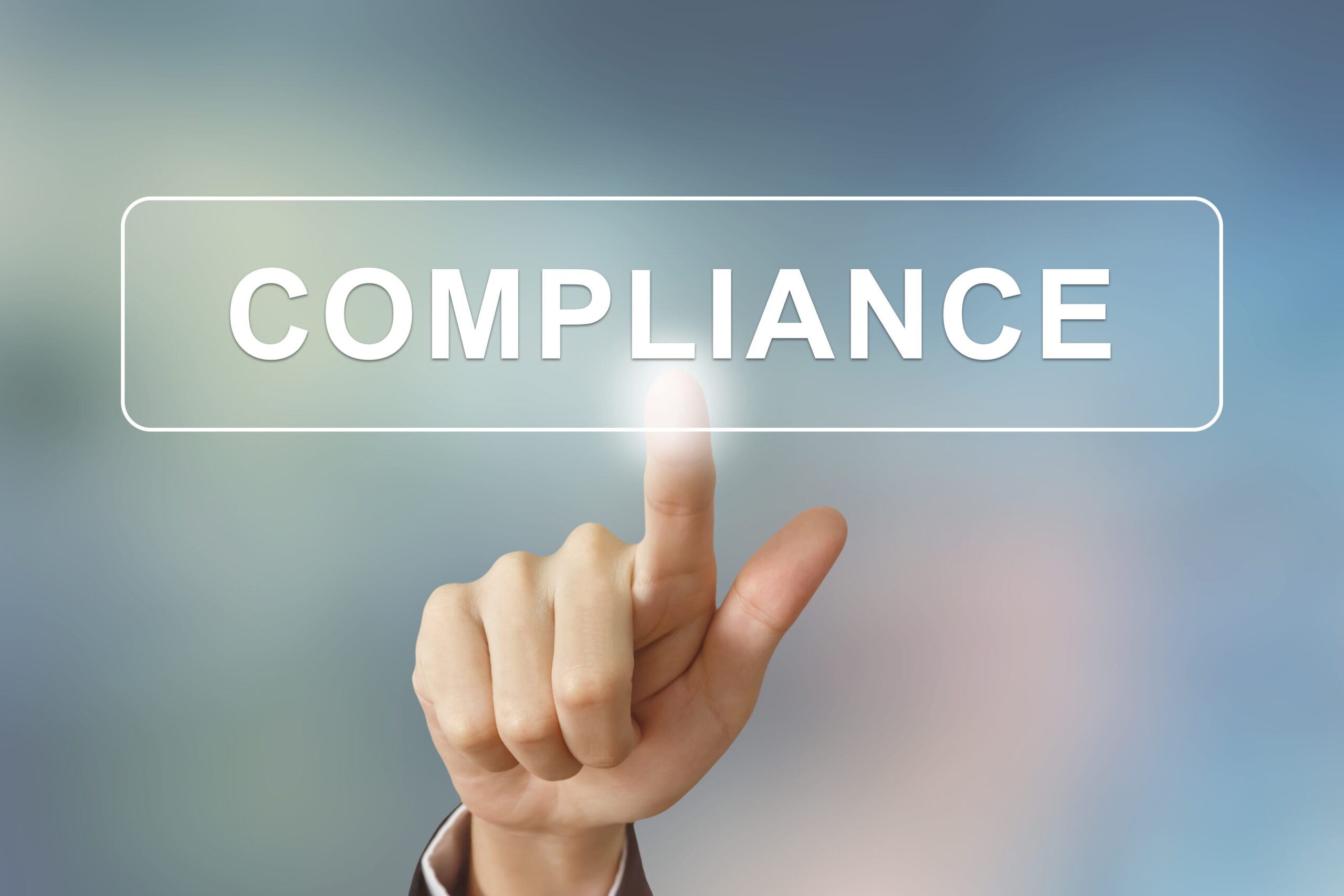A compliance program is a structured, organization-wide framework designed to ensure ongoing adherence to legal obligations, ethical standards, and internal policies. Under the EU AI Act, a well-implemented compliance program is essential for managing the development and deployment of AI systems—particularly those considered high-risk. It provides the foundation for preventive governance, risk management, and regulatory resilience.

1. Background and Establishment
A compliance program is more than a checklist—it is an institutional governance framework that embeds regulatory awareness, risk controls, and ethical vigilance across the operational layers of an organization. Originating in corporate law and financial services, compliance programs are now pivotal in AI regulation, particularly under the EU Artificial Intelligence Act.
As the EU AI Act imposes tiered legal obligations on providers, users, importers, and distributors of AI systems, a formal compliance program ensures that organizations can demonstrate conformity, prevent violations, and navigate audits with confidence.
2. Purpose and Role in the EU AI Ecosystem
The primary functions of a compliance program under the EU AI Act include:
- Codifying roles and responsibilities related to AI governance
- Operationalizing risk assessment, technical documentation, and transparency mechanisms
- Ensuring continuous oversight of AI system behavior post-deployment
- Supporting incident response, reporting duties, and corrective actions
- Creating a culture of legal integrity and ethical accountability
By institutionalizing these processes, compliance programs transform compliance from a reactive burden to a strategic asset.
3. Key Contributions and Impact
An effective AI compliance program contributes to:
- Legal conformity with the EU AI Act across business units
- Mitigation of liability from fines, reputational damage, or system failures
- Streamlined communication with regulators, auditors, and notified bodies
- Improved internal alignment between legal, technical, and product teams
- Greater market credibility and user trust
For organizations deploying or building high-risk AI systems, the absence of a compliance program is a clear vulnerability. For those operating across jurisdictions, it becomes a vehicle for regulatory harmonization.
4. Connection to the EU AI Act and the EU AI Safety Alliance
The EU AI Act calls for the institutionalization of governance mechanisms in several key provisions:
- Article 17 – Requires providers of high-risk AI systems to implement a risk management system
- Annex IV – Requires technical documentation detailing compliance processes
- Article 61 – Mandates a post-market monitoring system
- Article 29 – Obligates deployers to use AI in accordance with instructions and monitor for risks
The EU AI Safety Alliance helps operationalize these mandates through:
- Customizable compliance program templates
- Role-specific training modules
- Centralized platforms for documentation, tracking, and alerts
- Tools for gap analysis, audit preparation, and corrective workflow design
By integrating the Alliance’s solutions, organizations elevate their compliance programs from policy binders to living systems of governance.
5. Stakeholder Engagement in Compliance Programs
A functional compliance program is deeply interdisciplinary. It engages:
- Executive leadership – To provide authority, tone, and resourcing
- Compliance officers – To oversee the daily execution and continuous improvement
- Legal counsel – To interpret EU AI Act obligations and updates
- AI developers and engineers – To embed controls into system design
- Data protection officers (DPOs) – To ensure GDPR and AI Act interplay is addressed
- Internal auditors and ethics committees – To review and advise on high-risk deployments
The program should establish a compliance governance board or equivalent oversight body with formal authority and reporting obligations.
6. Core Components of a Compliance Program Under the EU AI Act
A well-structured AI compliance program should include:
- Risk management framework – Classify, assess, and mitigate system risks
- Code of conduct or ethical guidelines – Tailored to AI-specific concerns
- Compliance training – Mandatory, recurring, and role-specific
- Documentation system – Technical files, CE certificates, audit logs (Annex IV compliant)
- Third-party vetting procedures – For vendors, models, and datasets
- Incident response protocol – Including notification and mitigation pathways
- Audit and reporting structure – Including escalation and whistleblower protections
The program should also integrate compliance KPIs, performance dashboards, and control reviews to ensure continuous improvement.
7. How to Build and Maintain an AI Compliance Program
Steps for implementation:
- Conduct a baseline compliance assessment with the EU AI Safety Alliance
- Draft a compliance policy framework aligned with the EU AI Act
- Identify compliance owners across business functions
- Develop training and awareness programs for employees
- Deploy a compliance monitoring platform with automated alerts
- Document all activities and controls using Annex IV-compliant structures
- Perform annual reviews and updates based on internal audits or regulatory changes
Organizations should treat the compliance program as a core governance asset, reviewed at the board level and embedded into product development pipelines.

